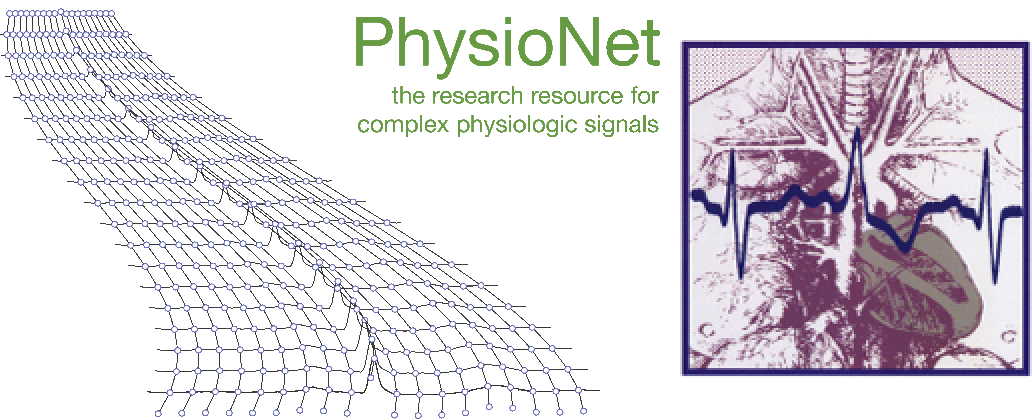- Registration form
- Example MATLAB and Python submissions and scoring code
- Submission instructions and form
- Leaderboard, results, and papers
- Public discussion forum
- Rules and deadlines
- Current and general FAQs
- About
Session M8.3
Analysis of RR Interval and Fibrillation Frequency and Amplitude for Predicting Spontaneous Termination of Atrial Fibrillation
P Langley, J Allen, E Bowers, M Drinnan, E Garcia, ST King, T Olbrich, AJ Sims, FE Smith, J Wild, D Zheng, A Murray
Freeman Hospital
Newcastle upon Tyne, UK
The mechanism of spontaneous termination of atrial fibrillation in the absence of anti-arrhythmic drugs is not well understood. We assessed characteristics of atrial and ventricular activity from the ECG for predicting the offset of atrial fibrillation for the 2004 PhysioNet/Computers in Cardiology Challenge.
Seven parameters were analysed with five based on the statistical characteristics of the RR interval (mean, standard deviation, skewness, kurtosis and median beat-to- beat change), and fibrillation frequency and atrial signal amplitude. The differences in these parameters between the first and last 30 s of the recordings were also analysed. RR intervals were calculated from the QRS annotations provided by PhysioNet. Fibrillation frequency was determined from spectral analysis of the atrial signal after subtraction from the ECG leads of QRST templates. The power of the parameters to predict termination of the arrhythmia was assessed individually and in combination using linear discriminant analysis (LDA) and artificial neural network (ANN) techniques.
Fibrillation frequency with a threshold value of 5.55 Hz was able to identify 10/10 learning set records which terminated immediately (T) and 8/10 of non-terminating records (N) and was the best of the individual parameters. LDA using mean, kurtosis and beat-to-beat change of RR interval and fibrillation frequency, atrial signal amplitude and 30 s difference in amplitude identified 9/10 T records and 10/10 N records. The ANN was trained using three parameters, RR kurtosis, fibrillation frequency and atrial signal amplitude and identified 9/10 T records and 10/10 N records.
Classifications for the test set for event 1 of the challenge for algorithms based on fibrillation frequency alone, LDA and ANN were submitted and received scores of 24/30, 18/30 and 23/30 respectively. Low fibrillation frequency is an indicator of spontaneous termination of atrial fibrillation.
Supported by the National Institute of Biomedical Imaging and Bioengineering (NIBIB) under NIH grant number R01EB030362.
© PhysioNet Challenges. Website content licensed under the Creative Commons Attribution 4.0 International Public License.
